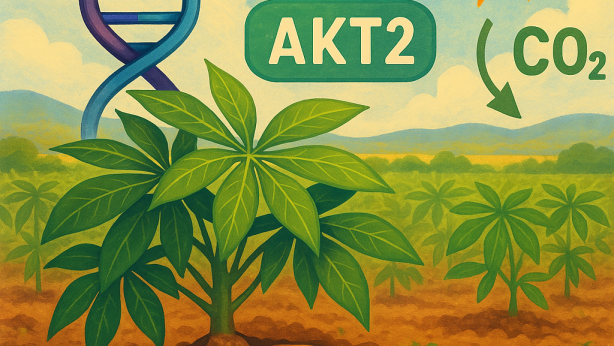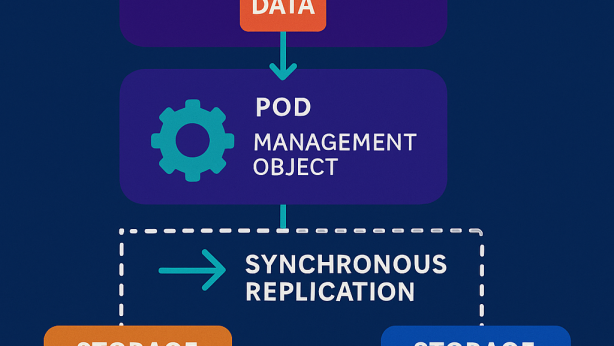ELECTRONIC APPARATUS AND CONTROLLING METHOD THEREOF
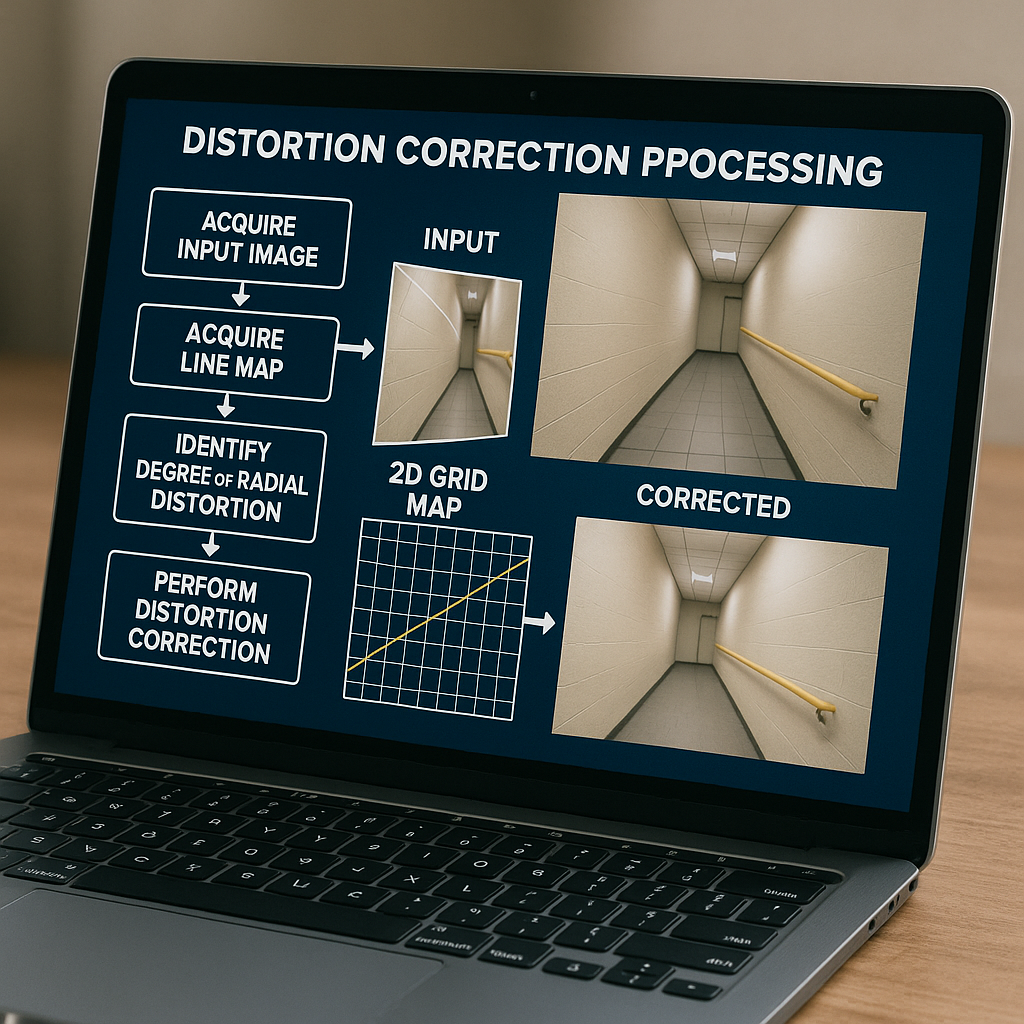
Invented by KIS; Gennadiy, Hrinyk; Yurii, Loveikin; Yuriy, Shin; Daekyu, SAMSUNG ELECTRONICS CO., LTD.
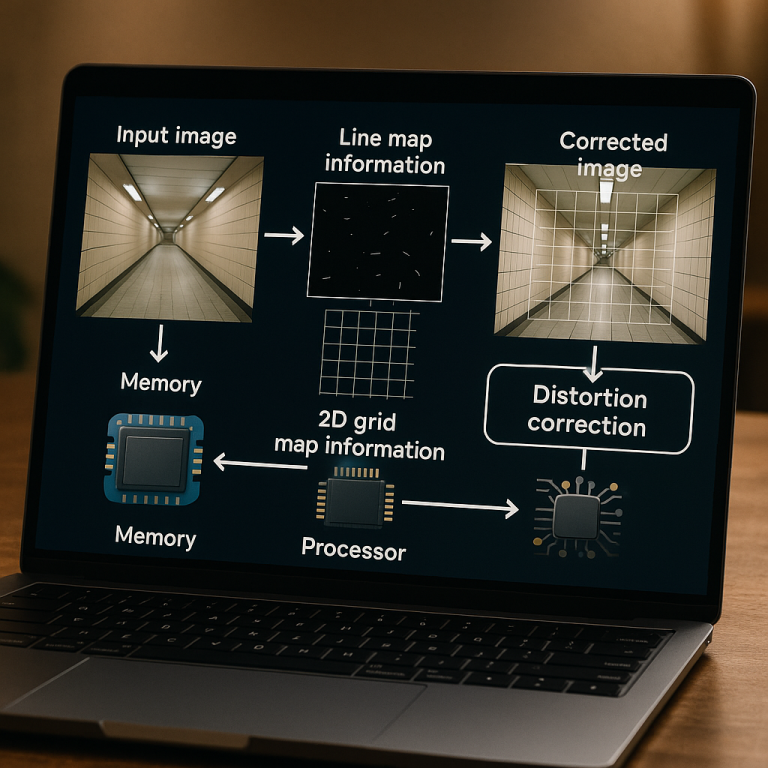
Cameras often capture images that do not look quite right. Sometimes, lines bend when they should be straight, and faces look stretched or squished, especially near the edges of the photo. This is called image distortion and it happens a lot with wide-angle lenses. A new patent application explains a smart way to fix these problems in electronic devices. Let’s break it down so anyone can understand how this works and why it matters.
Background and Market Context
Imagine taking a photo of a tall building with your phone. When you look at the picture, the building might appear curved or bent, especially if you used a wide-angle lens. This is not what the building looks like in real life. The problem gets worse with selfies, action cameras, security cameras, and devices like VR or AR headsets. These use special lenses to capture more of the world at once, but that also means more distortion in the images.
Why does this happen? Lenses are round, but camera sensors are flat. When light passes through a lens, it bends and stretches in ways that can make straight lines look curved, especially at the edges. This effect is called radial distortion. Wide-angle and ultra-wide cameras, which are becoming more common in phones and smart devices, make this effect more noticeable.
People want photos that look real. They want faces, buildings, and objects to appear as they do in person. Distortion in photos can make faces unrecognizable, buildings strange, and products less attractive. In fields like security, AR, or medical imaging, distortion can even cause mistakes or confusion.
In the past, companies tried to fix distortion by focusing on faces in an image. If the camera found a face, it would try to fix the area around it. But this method was slow and sometimes missed faces, especially in crowded scenes or when faces were small. Other systems tried to fix the whole photo at once, but this was slow and could make some parts look worse.
Now, as more devices use smart cameras—from smartphones and tablets to smart fridges and robots—the need for quick, high-quality image correction is greater than ever. Users expect perfect photos from every device, no matter how wide the camera lens or how tricky the photo.
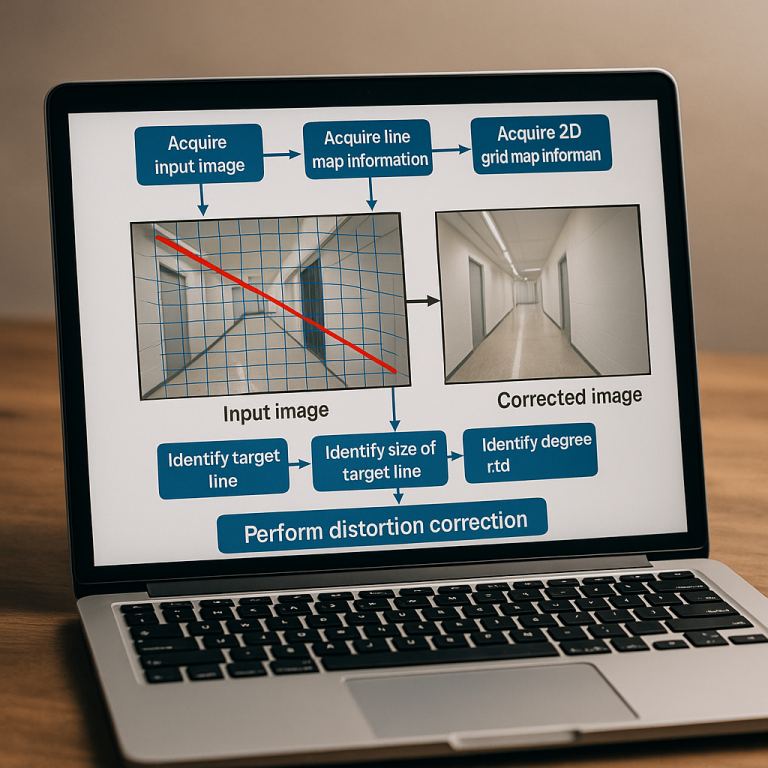
Scientific Rationale and Prior Art
To understand this new solution, let’s first look at how image correction worked before. Many older methods fix distortion by looking at where the center of the photo is. The farther away a spot is from the center, the more correction is applied. This works okay for some images, but not all. For example, if a face is near the edge, it might still look weird.
Another old method tries to find faces first, then fix just those areas. This can work, but finding faces takes time, and sometimes faces are missed or mistaken for something else. If there are many faces, the process slows down even more.
Some methods use simple math to guess how much to unbend the lines in a photo. These methods use formulas that assume all distortion is the same everywhere, but in real life, distortion can be different in different parts of the photo. Some systems also use “batch” correction, where the entire image is warped at once, but this can make straight lines wavy or create new problems.
Newer approaches use “line detection.” In simple words, they try to find lines in the photo—like the edge of a building, a road, or a table. If a line is supposed to be straight, but appears curved, the system can figure out how much it needs to “unbend” it. This is better than guessing, because it uses real clues from the photo itself.
However, line detection on its own is not perfect. Some photos do not have many straight lines, and some lines are hard to spot. Also, fixing one line might make another part of the photo worse if not done carefully.
Some advanced systems use a “grid” or “mesh” over the photo. Think of putting a sheet of graph paper over the picture. The system can then move the points on the grid to unbend lines and fix distortion. This lets the device correct only the parts that need fixing, and leave the rest alone. It is smarter and faster.
But even these newer systems have limits. They might not know which lines are most important. They may not adjust the grid in the best way, or they might miss areas that don’t have clear lines. Also, they may not handle curved lines well, or may not be flexible enough to work on different devices and image sizes.
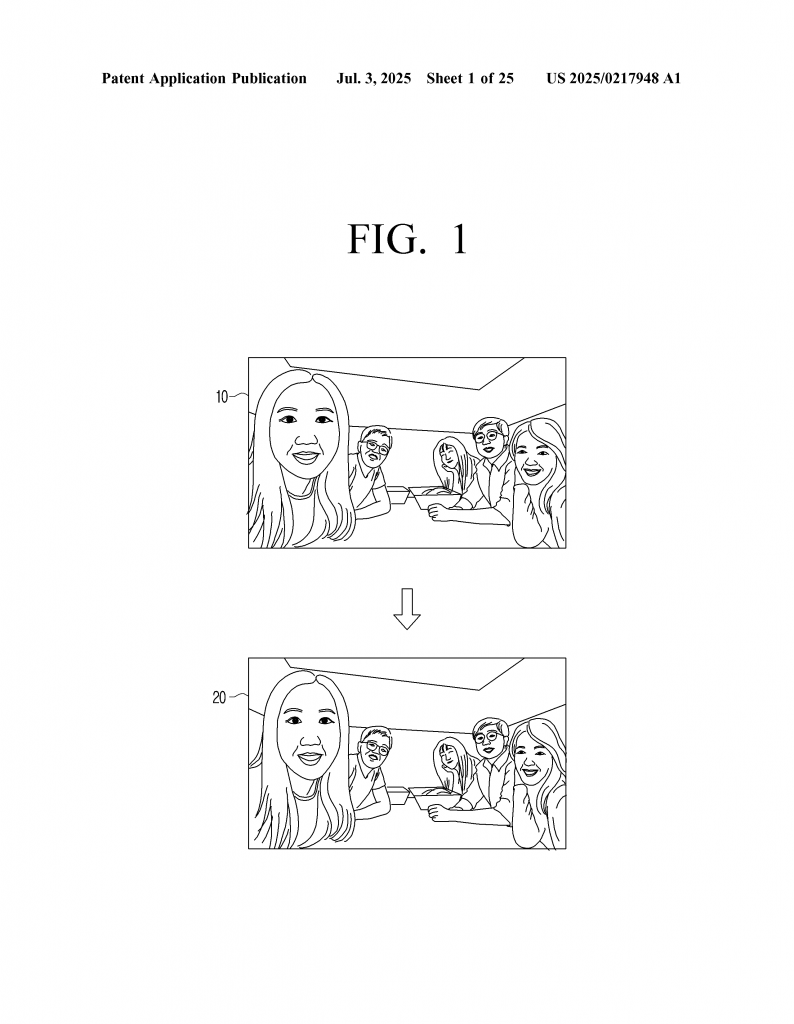
The new patent application builds on these ideas to create a smarter, more flexible system for fixing distortion in images. It puts together line detection, grid maps, and targeted correction in a way that is both fast and accurate.
Invention Description and Key Innovations
The heart of this invention is a method and system for fixing image distortion by using the lines in the image itself. Let’s walk through how it works in simple terms.
First, when a picture is taken, the device (like a phone or camera) gets the raw image. The device then looks for lines in the image—these could be edges of tables, walls, doors, or even other objects. It notes where these lines are and whether they are straight or curved. This information is called a “line map.”
Next, the device lays a two-dimensional grid over the image. Imagine putting a piece of graph paper on top of the photo. Each square of the grid lines up with a part of the photo.
The system then checks which lines in the photo cross which grids. If a line should be straight, but crosses the grid in a curved way, the system marks this line as a “target line” for correction.
It measures the size of each target line. Longer lines or those with more bend might need more correction. The system then figures out how much the line is bent (the “degree of radial distortion”). This is done based on the size and curve of the line, and possibly using known information about the lens that took the photo.
Now comes the smart part. The system corrects the distortion by “unbending” the line, making it straight again. It does this by moving points on the grid so that the curved line becomes straight. If a line is supposed to be straight but is curved due to lens distortion, the system transforms it back to its proper shape.
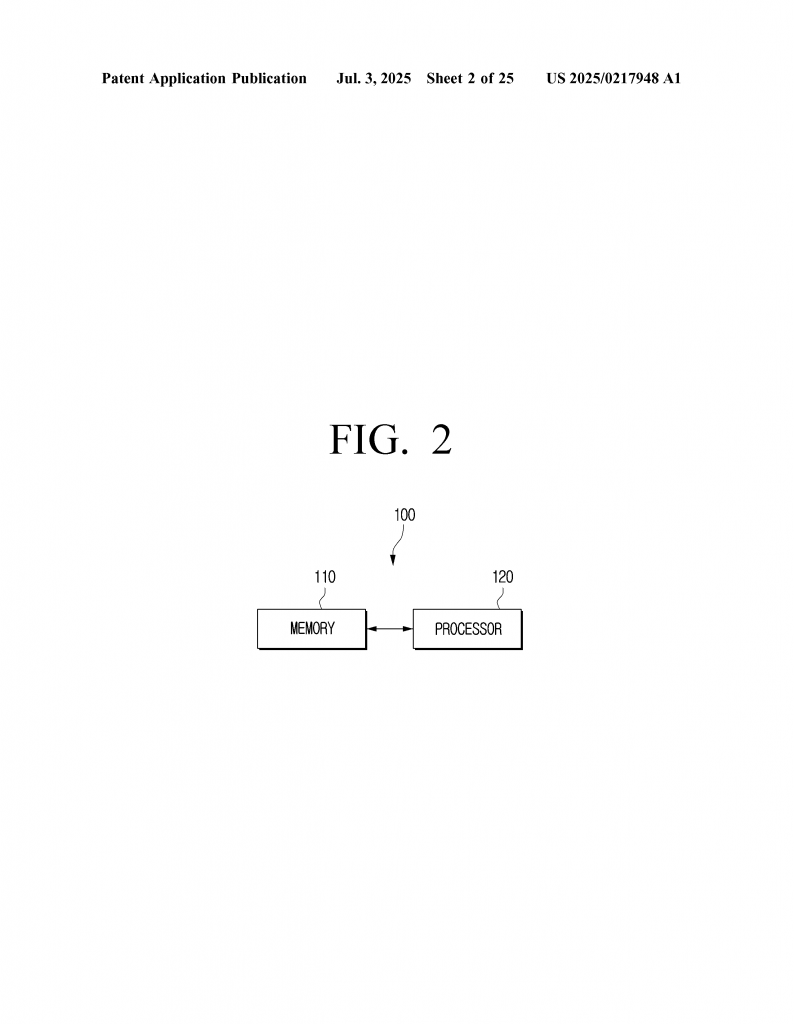
The system can also update the grid itself. If a line is found in a new place, the grid can be shifted so it lines up with the important parts of the image. If a region in the photo does not have any clear lines, the grid in that area can be removed, so the system does not waste time trying to correct areas where it is not needed.
The invention can also create a “distortion map.” This map tells the system how much distortion is in different parts of the image. If certain areas are very distorted, the system can focus more on fixing those.
Another powerful feature is the use of “masks.” Masks are like stencils—regions where correction is needed most. The system can target these areas for more detailed correction, using information from the distortion map and the line map.
The correction itself is done by moving points from where they are (the “distortion point”) to where they should be (the “undistortion point” or “projection point”). The system uses math to figure out the best way to move each point, using knowledge about the camera lens and the image itself.
If the photo comes from a camera with a wide-angle or ultra-wide lens (like those found in modern phones), the system can handle that too. It knows how to correct the special kinds of distortion that these lenses create.
The system is not limited to still images. It can work on videos by applying correction to each frame. It even smooths out changes from one frame to the next so the video does not jump or look shaky.
This solution is flexible and can work on many types of devices—phones, tablets, TVs, AR/VR glasses, security cameras, and even smart appliances like refrigerators with cameras. The system can be built into the device or run as software, making it easy to upgrade or add to new products.
The key innovations include:
– Using line maps and grid maps together for precise correction.
– Automatically detecting and fixing curved lines by making them straight.
– Updating grids based on real line positions, not fixed locations.
– Creating and using distortion maps and masks for focused correction.
– Handling both still images and video, smoothing changes over time.
– Adapting to different types of lenses, including wide-angle and fisheye.
– Being flexible enough for use in many device types, with software or hardware.
All these steps mean users get clearer, more natural-looking photos and videos, with straight lines and undistorted faces and objects, no matter what kind of device or lens is used.
Conclusion
Fixing image distortion is not just about making pictures look better. It is about helping devices “see” the world as it truly is. This new patent outlines a smart, flexible system that uses lines and grids to find and fix distortion right where it happens in the image. It works fast and adapts to each photo or video, making sure lines are straight and faces look right—every time.
As cameras become a bigger part of our lives, in phones, smart homes, and even in AR and VR, having clear, undistorted images is more important than ever. This invention sets a new standard for how devices can fix images, making technology smarter and our digital memories truer to life.
Click here https://ppubs.uspto.gov/pubwebapp/ and search 20250217948.
